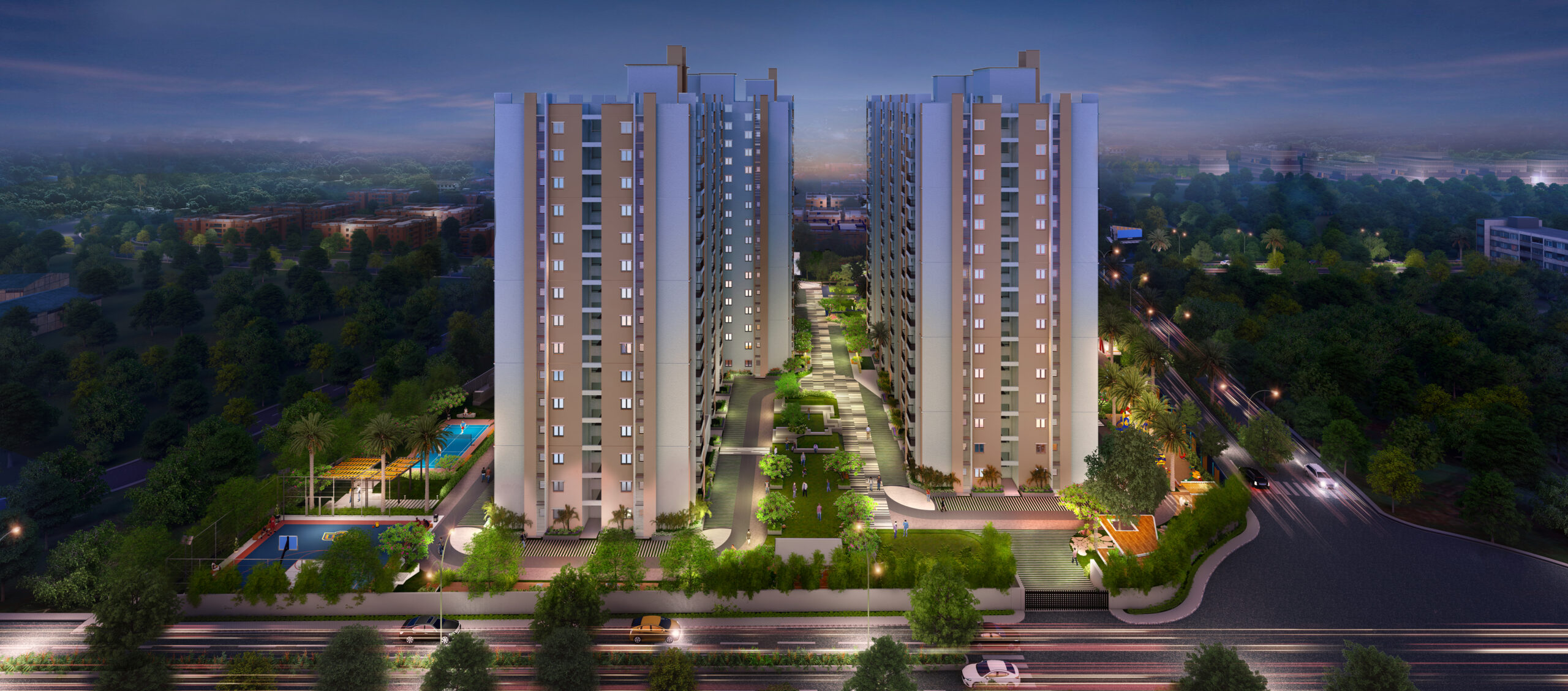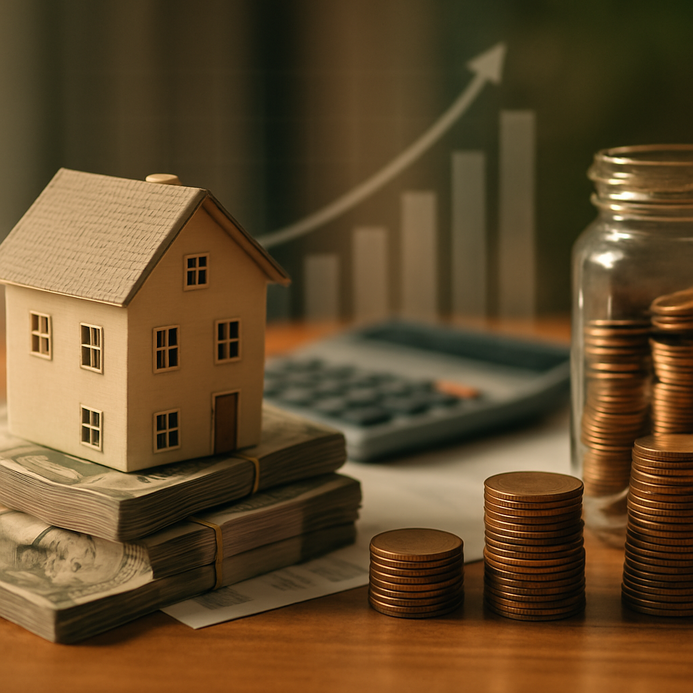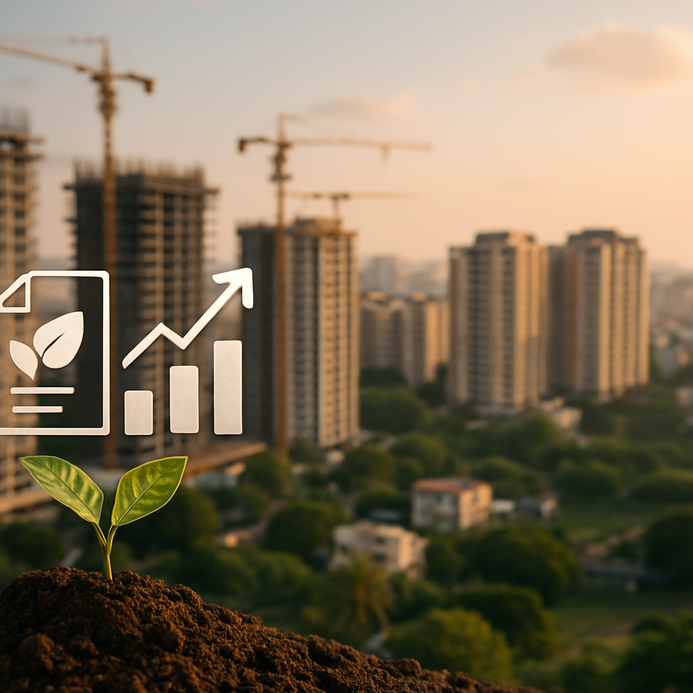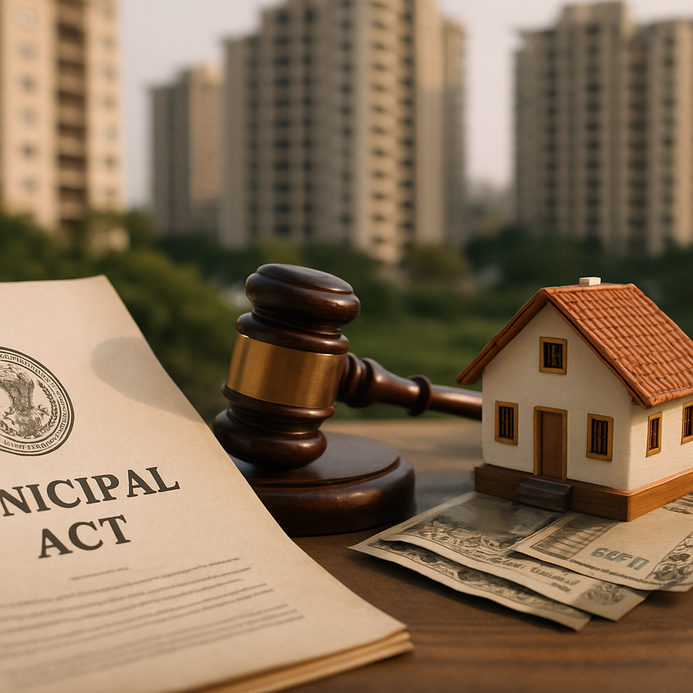Rental Yield: How To Calculate For Maximum Profitability
Understanding Rental Yield: The Foundation of Real Estate Investment
Let’s talk rental yield. It’s kinda central for anyone diving into real estate. Why? Because it tells you how profitable an investment property really is. Think of it as the income a rental property generates versus what it’s worth. Here’s the simple formula:
Gross Rental Yield = (Annual Rental Income / Property Value) x 100
And if you want to get real about profitability, there’s Net Rental Yield:
Net Rental Yield = [(Annual Rental Income – Annual Expenses) / Property Value] x 100
Knowing about both of these yield types is super important. In India, rental yields usually hang around 2% to 8%, but cities like Mumbai and Bengaluru tend to lag behind places like Hyderabad, those markets are on the rise!
Here’s a quick glance at the two types:
| Type | Formula | Focus |
| Gross Rental Yield | (Annual Rent / Property Price) x 100 | Rental income only |
| Net Rental Yield | [(Annual Rent – Expenses) / Property Price] x 100 | Profit after costs |
Once you get a grip on calculating rental yields, you’re setting yourself up to make solid investment decisions.
Bottom line? Grasping rental yield is key if you’re eyeing real estate investments. Whether you’re looking at properties in India, or anywhere else, understanding how to analyze these yields is power.
Gross Rental Yield: Calculation Made Simple
Let’s cut to the chase. Figuring out gross rental yield is crucial to see if an investment property’s worth your time. Use this formula:
Gross Rental Yield = (Annual Rent Income / Property Purchase Price) x 100
Take this example: You grab a property for ₹5,000,000 and earn yearly rent of ₹500,000. Here’s how it shakes out:
Gross Rental Yield = (₹500,000 / ₹5,000,000) x 100 = 10%
This gives you a solid yield, making the property attractive for potential investors.
Example Table
| Property Purchase Price (₹) | Annual Rent Income (₹) | Gross Rental Yield (%) |
| 5,000,000 | 500,000 | 10 |
| 7,000,000 | 630,000 | 9 |
| 4,500,000 | 450,000 | 10 |
| 8,000,000 | 720,000 | 9 |
Figuring out gross rental yield is vital to smart investment choices. For more insight on related topics, check out our articles on calculating rental income and property valuations across various Indian cities.
Net Rental Yield: A Closer Look
Alright, let’s break down net rental yield, it’s super important for understanding your investments better. This yield refines your earnings view by factoring in all those pesky expenses. Here’s the formula:
Net Rental Yield (%) = (Annual Rental Income – Annual Operating Costs) / Property Value x 100
This gives a much clearer picture compared to gross yield, which ignores the costs.
Real-World Calculation Example
Let’s say you own a property in Hyderabad worth ₹1,00,00,000. You’re bringing in ₹12,00,000 annually, but hold on, operating costs like upkeep, taxes, and management fees are running at ₹3,00,000.
So here’s how it looks:
– Annual Rental Income: ₹12,00,000
– Annual Operating Costs: ₹3,00,000
– Property Value: ₹1,00,00,000
Now, plug those numbers into the formula:
Net Rental Yield = (₹1,200,000 – ₹300,000) / ₹10,000,000 x 100
Net Rental Yield = ₹900,000 / ₹10,000,000 x 100 = 9%
Clearly, that’s a solid 9% return.
Importance of Knowing Net Rental Yield
Tracking net rental yield not only helps with cash flow, but also allows you to weigh different investment options. High rental yields usually mean good spots and decent properties. Getting a handle on these yields keeps buyers sharp and informed.
Plus, having a rental yield calculator in your back pocket can help save time and prevent mistakes.
For more insights on gross vs. net yields and what drives rental yield factors, check out source.
If you’re keen on exploring strategies, take a look at this piece about common rental ROI mistakes.
Monthly and Annual Cash Flow: Tracking Your Investment Performance
Cash flow, it’s a big deal when evaluating how your investment property is performing. Simply put, cash flow is the net cash generated by your rental property after you’ve deducted all expenses from your rental income. Here’s how you can calculate it for both monthly and yearly terms.
Calculating Monthly Cash Flow
To figure out your monthly cash flow, use this formula:
Monthly Cash Flow = Total Rental Income – Total Expenses
Here’s a quick estimate of common monthly expenses:
| Expense Type | Monthly Estimate |
| Mortgage Payment | ₹20,000 |
| Property Management Fee | ₹5,000 |
| Property Taxes | ₹2,000 |
| Insurance | ₹1,500 |
| Repairs & Maintenance | ₹2,500 |
| Utilities (if covered) | ₹3,000 |
| Total Expenses | ₹34,000 |
| Total Rental Income | ₹50,000 |
| Monthly Cash Flow | ₹16,000 |
If your total rental income is ₹50,000 and expenses add up to ₹34,000, then you’ve got a monthly cash flow of ₹16,000.
Calculating Annual Cash Flow
Want to know your annual cash flow? Just multiply your monthly cash flow by 12:
Annual Cash Flow = Monthly Cash Flow x 12
So in this case:
Annual Cash Flow = ₹16,000 x 12 = ₹192,000
Keeping an eye on cash flow is crucial, as it affects your rental yield and long-term investment strategy. You can also benchmark your performance against properties in similar areas, like comparing Dubai’s market to Indian cities, with the help of various online rental yield calculators.
For more info on tracking your investment performance and optimizing cash flow, dive into our internal guides on diversifying your real estate portfolio and maximizing ROI.
Practical Application: A Case Study in Rental Yield and Cash Flow Analysis
Let’s break it down with a hypothetical case study set in Hyderabad. Imagine you bought an apartment for ₹5,000,000. It brings in ₹30,000 a month in rent.
1. Calculating Rental Yield
First, let’s calculate the rental yield:
Rental Yield (%) = (Annual Rent / Property Value) x 100
So here we go:
– Annual Rent = ₹30,000 x 12 = ₹360,000
– Property Value = ₹5,000,000
Plugging those into the formula gives:
Rental Yield (%) = (₹360,000 / ₹5,000,000) x 100 = 7.2%
A rental yield of 7.2% is a pretty decent return, especially for properties in Hyderabad’s urban core.
2. Analyzing Cash Flow
Now, let’s dive into analyzing cash flow to see if the investment really works. We’ll sum up the following details:
– Monthly Expenses (maintenance, property tax, insurance): ₹10,000
– Mortgage Payment: If you financed it with a home loan, let’s say your monthly EMI is ₹40,000.
For monthly cash flow, here’s the breakdown:
– Total Monthly Income = ₹30,000
– Total Monthly Outgoings = Mortgage Payment + Monthly Expenses = ₹40,000 + ₹10,000 = ₹50,000
Now, calculating the cash flow:
Monthly Cash Flow = Monthly Income – Total Monthly Outgoings
Monthly Cash Flow = ₹30,000 – ₹50,000 = -₹20,000
Yikes! That negative cash flow shows this property needs more than just rent to keep itself afloat. Identifying and trimming down expenses, or possibly finding a higher rent might be in order.
Case Study Summary Table
| Parameter | Value |
| Purchase Price | ₹5,000,000 |
| Monthly Rent | ₹30,000 |
| Annual Rent | ₹360,000 |
| Monthly Expenses | ₹10,000 |
| Mortgage Payment (EMI) | ₹40,000 |
| Total Monthly Income | ₹30,000 |
| Total Monthly Outgoings | ₹50,000 |
| Monthly Cash Flow | −₹20,000 |
| Rental Yield | 7.2% |
Being on top of these calculations is key for defining your financial game plan. Factors like location can really shift future rental yields.
FAQ
What is rental yield?
Rental yield is a measure of how much income a property generates relative to its value, expressed as a percentage. It helps investors evaluate the profitability of real estate investments.
How do I calculate gross rental yield?
Gross rental yield is calculated using the formula: (Annual Rental Income / Property Purchase Price) x 100.
What is the difference between gross and net rental yield?
Gross rental yield considers only the rental income, while net rental yield accounts for expenses such as maintenance, taxes, and management fees, providing a clearer picture of profit.
Why is cash flow important in real estate?
Cash flow indicates the net money generated from a property after all expenses are deducted. Positive cash flow suggests a property is financially sound, while negative cash flow indicates potential issues.
How can I improve my rental yield?
Improving rental yield can be achieved by increasing rental income, reducing expenses, or investing in more desirable locations that attract higher rents.













